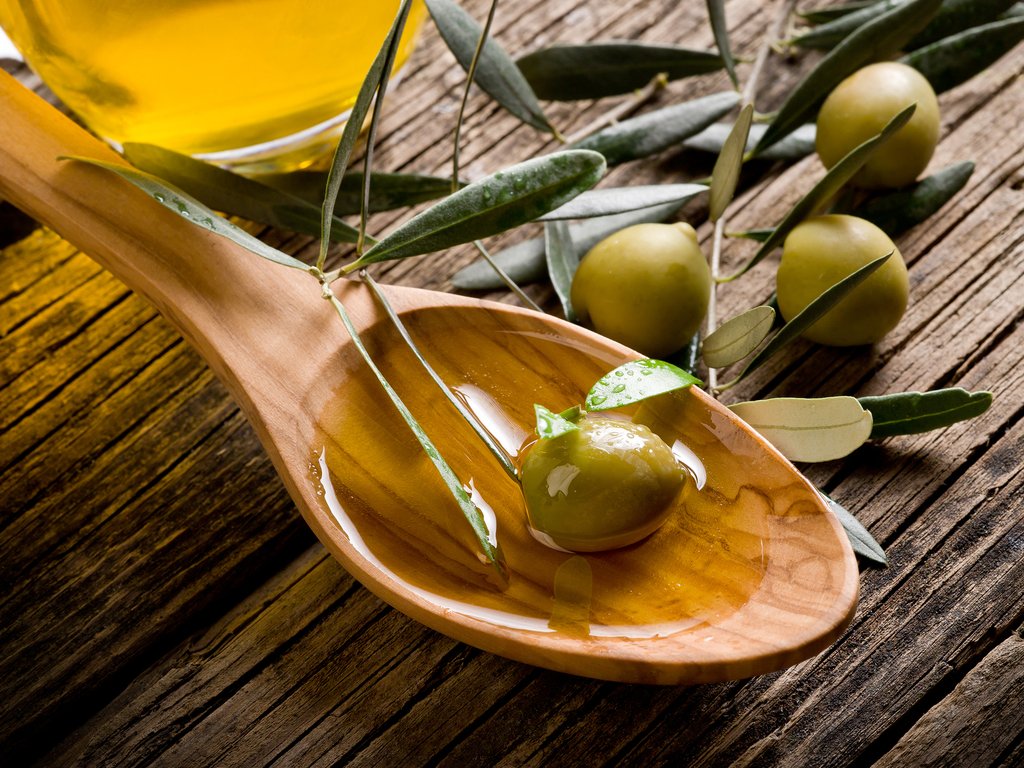El Niño likely to affect olive growers

A new El Niño weather pattern was likely to affect olive oil growers, Olive Oil Times reported.
Meteorologists are predicting there is around an 80% chance of another El Niño developing by September or October, according to the 1 May report.
A climate pattern typically associated with increased heat worldwide, as well as drought in parts of the world and heavy rain elsewhere, El Niño last occurred in 2018/2019 The Guardian reported on 4 May.
Since 2020, the world has experienced an exceptionally long La Niña – El Niño’s cooling opposite – which ended earlier this year, The Guardian wrote.
At the time of the report, there was no indication of the strength or duration of the forecast El Niño.
The two phases of the El Niño-Southern Oscillation (ENSO) would profoundly impact the global climate, including the world’s most productive olive-growing regions outside the Mediterranean, Olive Oil Times wrote.
The shift from La Niña to El Niño increases the probability of higher-than-average rainfall in California, Chile, southern Brazil and Uruguay while increasing the probability of drought in Australia and South Africa, according to the report.
Although the development of El Niño would not directly impact the Mediterranean basin, which is responsible for 96% of global olive oil production, it was associated with higher-than-average global temperatures.
The news of higher temperatures would cause concern among olive oil growers following a year in which hot and dry weather had severely impacted the olive harvest across much of the western Mediterranean basin, Olive Oil Times wrote.
Scorching temperatures in March and April in southern Spain, the world’s most productive olive-growing region, had impacted the coming harvest and the prospect of continuing higher temperatures would keep pressure on supply and prices, which were already at record highs, the report said.
While El Niño is associated with above-average global temperatures, the shift in rain patterns may provide some relief for olive growers outside of the Mediterranean, according to the report.
In the USA, for example, El Niño years were generally associated with cooler and wetter winters across the southern states, which could be welcomed by many California olive growers, after some experienced significant production declines in the 2022/23 crop year due to severe drought in the state, Olive Oil Times wrote.
However, the development of El Niño did not guarantee wetter winters in the state responsible for almost all US olive oil production, Michelle L’Heureux, an ENSO specialist at the National Oceanic and Atmospheric Administration (NOAA), told Olive Oil Times.
Meanwhile, olive growers in Chile (the second-largest olive oil-producing country in the Americas), southern Brazil and Uruguay would be hoping that El Niño would bring an end to the region’s unprecedented drought, which climate researchers said had been heightened by La Niña, the report said.
“La Niña has been the main driver of the southern South America drought in recent years,” Leandro Díaz, an atmospheric science researcher at the University of Buenos Aires, told Olive Oil Times.
According to the NOAA, El Niño increases the likelihood of rainfall in central Chile from June to September, a crucial period in olive development, while also increasing the chance of wetter weather in Uruguay and southern Brazil from September to January.
However, the association between El Niño and increased rainfall in western Argentina, the largest olive oil-producing region outside the Mediterranean basin, was unclear, Leandro Díaz, an atmospheric science researcher at the University of Buenos Aires, told Olive Oil Times.
“Although we have a high probability El Niño forecast at this time, it is difficult to determine precisely how much rain we can expect,” Díaz said.
“This… is highly dependent on the region, the intensity of the event, and how it may interact with other climate variability patterns affecting the region.”
Read also
Wheat in Southern Brazil Impacted by Dry Weather and Frosts
Oilseed Industry. Leaders and Strategies in the Times of a Great Change
Black Sea & Danube Region: Oilseed and Vegoil Markets Within Ongoing Transfor...
Serbia. The drought will cause extremely high losses for farmers this year
2023/24 Safrinha Corn in Brazil 91% Harvested
Write to us
Our manager will contact you soon



